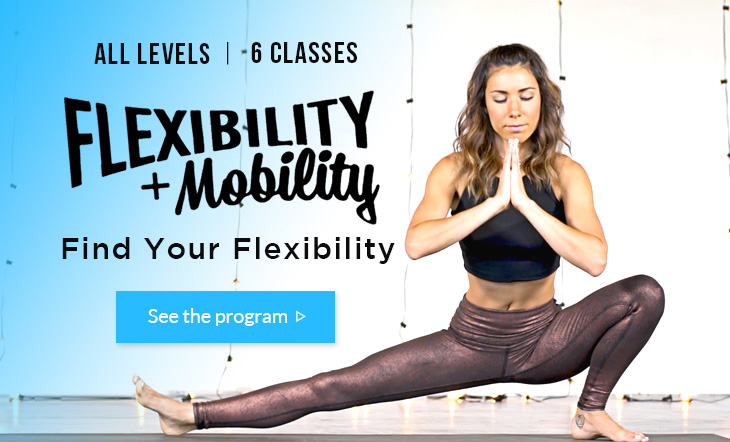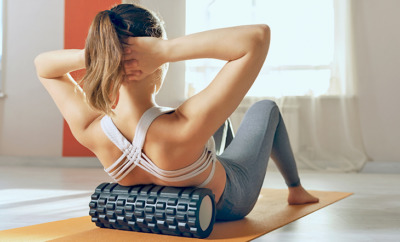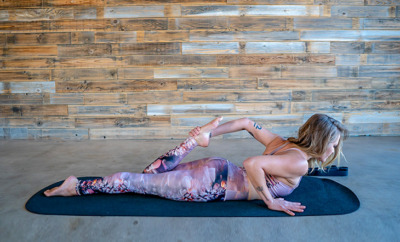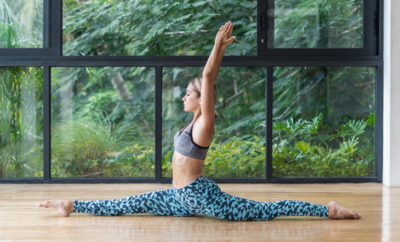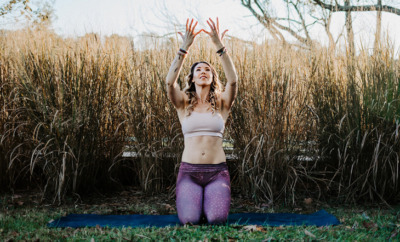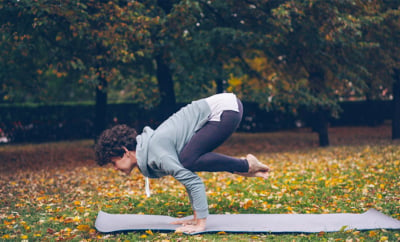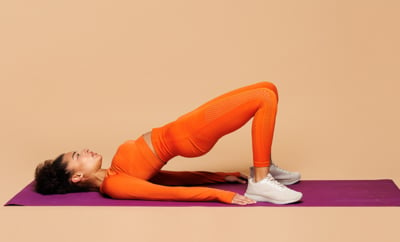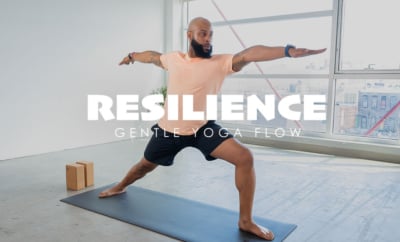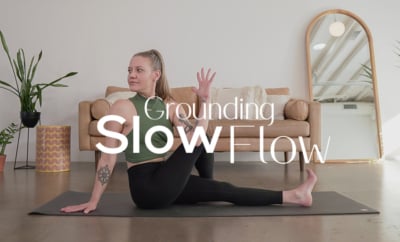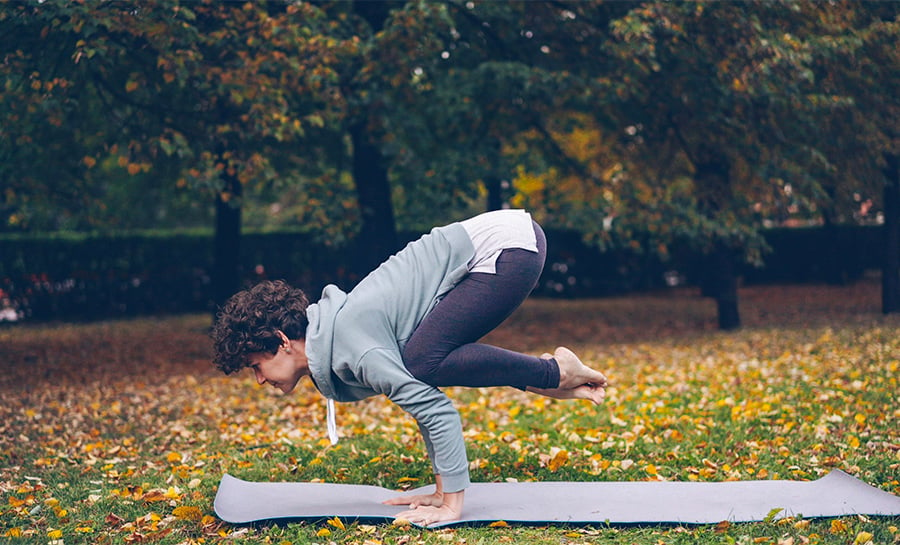Tight Shoulders? Practice These 4 Yoga Poses to Increase Shoulder Mobility

shoulder mobility featured
If you’ve been to a yoga class, you’ve probably heard the cue, “Draw your shoulders down away from your ears.” Most of us have tight shoulders, but shoulder mobility is key for a safe and successful yoga practice. Luckily, there are many yoga poses that help increase shoulder mobility and strength. Learn about the anatomy of the shoulder girdle, and then put it to practice with this tutorial.
In this article we’ll explore ways to create powerful arms and stronger, more relaxed shoulders, all while increasing your range of movement. But before we dive into yoga poses, let’s take a closer look at the anatomy of your shoulders.
*There’s quite a bit of vocabulary in this article. Scroll to the bottom for definitions!
Practice These 8 Yoga Poses for Neck and Shoulder Tension
This Good to Know video is all about yoga poses you can do to help relieve neck and shoulder tension. We spend so much time sitting with improper posture looking at our devices that tension in the neck and shoulders is more common than ever.
Want Strong, Toned Arms? Practice These 6 Yoga Poses
Understanding the Shoulder Girdle Anatomy
Your shoulder girdle is made up of two bones: your clavicle* in the front of your body, and your scapula* in the back. Your shoulder girdle connects to the head of your humerus* in the socket of your scapula. The sternoclavicular (SC) joint connects the medial* end of your clavicle to your sternum.
With only the sternoclavicular joint to connect your shoulder girdle to the rest of your skeleton, you can imagine your shoulder girdle sort of floats over your rib cage. The rest of its movement happens between your bones, and in interfaces between your shoulder girdle and the structures underneath.
Let’s Create Mind-Body Connection
Touch your clavicle and roll your shoulder, and you will feel the movement of this bone. The distal* end of your clavicle can move up and down from a more horizontal position to a V-like shape, as you lift and lower your shoulder. Your clavicle can also move forward (imagine pushing a door closed with your hand in front of you) or backward (pull your elbows behind you).
Keep touching your clavicle and take your arm up and down in different pathways. Notice that any time your arm goes up, your clavicle follows. The distal end moves up relative to the SC joint. Now, try to lift the arm without moving the collarbone. You won’t even be able to lift the arm to shoulder height.
Think about that cue, “Draw your shoulders down away from your ears,” while trying to lift your arm. You will find that if you try to keep your clavicle down, you will inhibit your arm movement. You probably won’t be able to take your arms over your head.
Let’s shift and talk about your scapula. Try this one on a friend: put your hand on their scapula while they lift and lower their arm. You will feel their scapula sliding around.
We can describe the movement of the scapula in two ways. If you’re looking at the scapula in two dimensions, the movement is rotation. The inside edge of the scapula rotates down, the bottom tip moves out to the side, and under the arm. At the distal side, the acromion process* moves up, which also moves the arm socket (glenohumeral joint).
In three dimensions, the rotation takes the bottom tip of your scapula around your rib cage, under the arm. This rotation moves the socket of your arm under the raised humerus, making a very strong and stable connection. This is natural movement, and does not require excessive muscular action to perform.
If you attempt to keep your shoulders down, you won’t be able to move your arms above your head. At best, you might be able to do a kind of bent arm cactus shape. This position is incredibly unstable for poses like handstands, and even downward facing dog, and requires a lot of muscular effort to maintain.
Instead, imagine you are trying to get something on a shelf that’s just above your reach. You will automatically let your scapula rotate to lengthen your arm. In natural movement, you might also lean a little to one side to get even more height. If you think about pulling the shoulder blade down now, you will feel your range of motion decrease.
So Why Does Shoulder Mobility Matter?
The mobility of your shoulder girdle directly correlates with the range of motion in your arms. When you let your scapulae move as they are designed, you become more stable and stronger, with less muscle effort and tension. You put less strain on your rotator cuff, and your whole body provides muscle support for raising your arms.
Here are 4 Yoga Poses to Increase Shoulder Mobility and Strengthen Your Shoulder Girdle:
Now that you’ve explored the anatomy behind your shoulder girdle, let’s put that knowledge into practice.
1. Handstand
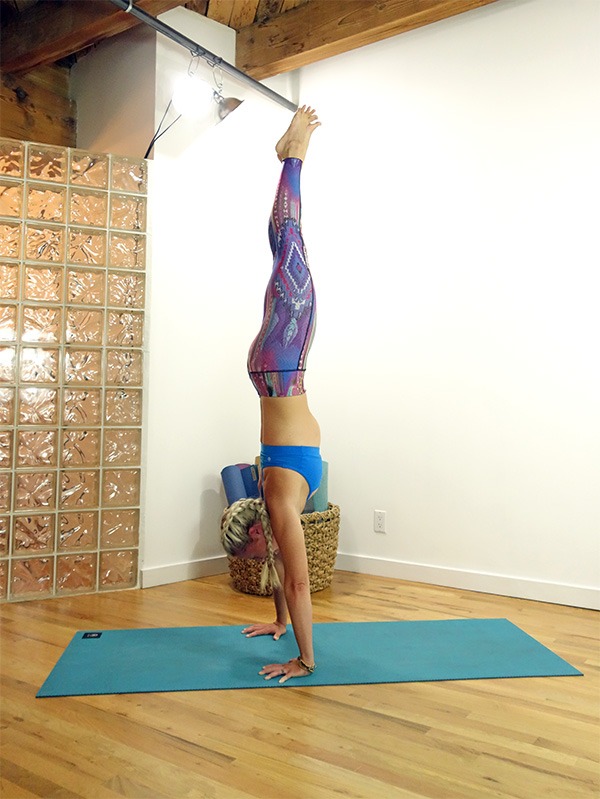
If you pull your shoulders down in Handstand, you’ll lose your power and alignment. Instead, stand with your hands above your head, and then “push” the ceiling away with your hands. You’ll feel your scapulae rotate up. Then try a handstand with your arms and scapulae in this relationship, like you’re pushing the floor away.
Ready to work on your Handstand? Check out this 20-Minute Handstand Tutorial
2. Headstand
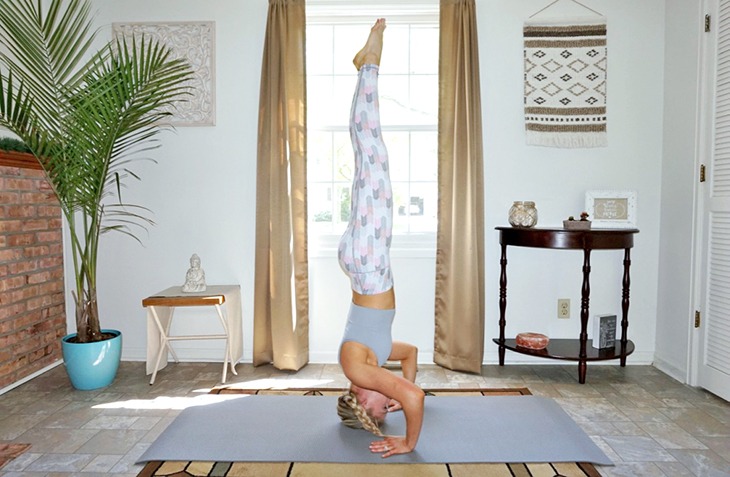
One of the reasons Headstand practice is seen as dangerous is because of misuse of the shoulders. Interlace your fingers into a fist, with your elbows bent, and then take this shape above your head so your forearms are parallel to the ceiling.
If you pull your shoulders down, the length of your humerus will not be higher than your head. A Headstand in this position would put most of your weight on your head, and strain the neck.
On the other hand, if you push your elbows up, your humerus bones go higher than your head, and you can even try doing a “Headless Headstand” with no weight on your head at all.
3. Downward Dog
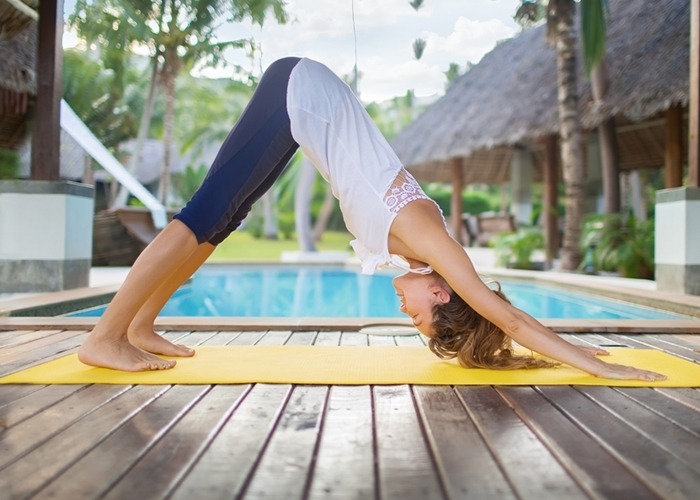
This classic pose is often taught with the shoulders “wrapped,” or pushed away from your ears. This makes the pose less stable, and heavier in the wrists, arms, shoulder muscles, and back. Imagine pushing the floor away, and with that impulse send your pelvis away. This sends more weight into your legs, and reduces the compression in your spine.
4. Warrior 1
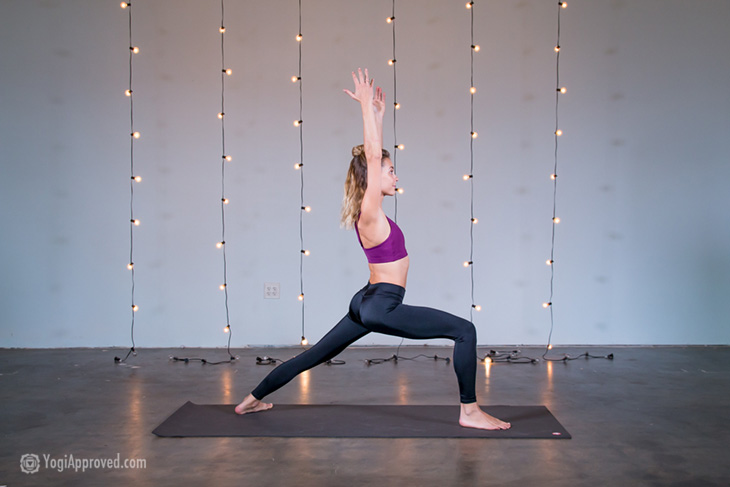
Another classic pose where you can change the energy just by changing your relationship to your shoulders. Imagine a long “U” shape, where the base of the “U” is low on your rib cage in the back. If you wear a loose top, you can see this in the drape of your clothes.
Lift your arms from there, along the outside edge of your body. Imagine you are lifting the heart up from that place as well. This makes Warrior 1 feel more expressive, free, and joyful than if you pull your arms and shoulders down, and lessens the pressure on your lumbar spine.
Understand Your Shoulder Anatomy for a Stronger Yoga Practice
Once you understand the anatomy of your shoulder girdle, your entire yoga practice will become stronger. So many yoga poses rely on the strength of your shoulders, and you must love on them and take care of them to prevent injury.
Keep practicing, and keep poking around the world of anatomy to better your relationship with your body. This will give you greater strength and control in your practice.
Glossary
- Clavicle: Collar bone
- Scapula: Shoulder blade
- Humerus: Upper arm bone
- Medial: Towards the center of your body
- Distal: Towards the outside of your body
- Acromion Process: The body tip at the top of your scapula
Ready to Get Flexible?
Try our 6-class yoga for flexibility and mobility program on YA Classes with Kelly Pender. See the classes here. Not yet a YA Classes member? Try it out for free for 14 days.


This Month's Letter
From the Editor
Monthly motivation and food for
thought from our founder.


